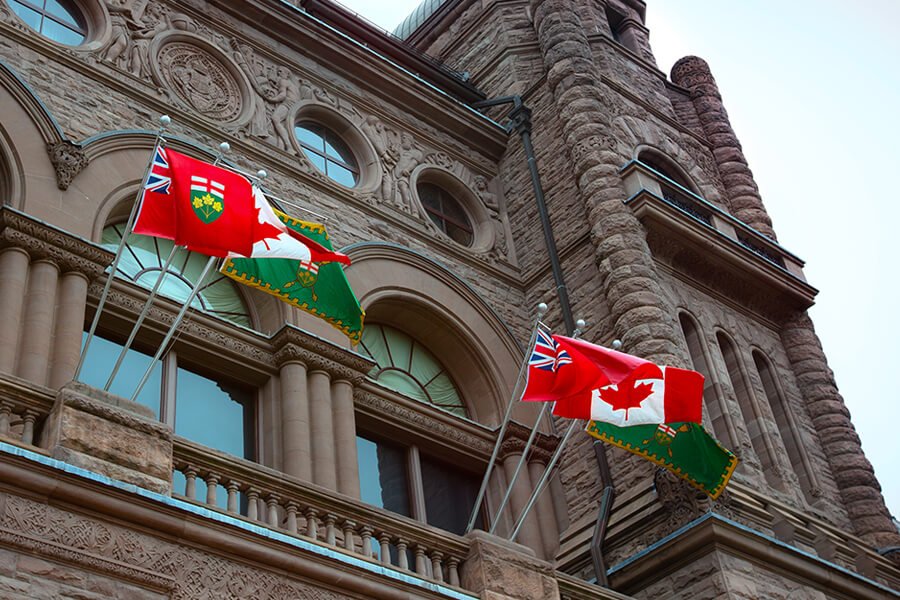
Ontario Fiscal Review points to brighter outlook, but plenty of challenges are ahead
- Today, the government of Ontario released its fall Economic Outlook and Fiscal Review, with an emphasis on its post-pandemic recovery plan.
- The economic and fiscal outlook is much improved in comparison to Budget 2021, released in March.
- The province still forecasts a string of deficits through to 2023–24, but cumulatively, they are nearly $50 billion lower than previously expected.
Key Economic Initiatives
- The Economic Outlook and Fiscal Review included several initiatives to support workers and develop skills, building on the announcement earlier this week to increase the provincial minimum wage from $14.35 to $15 per hour in January.
- A key announcement for Ontario’s youth is the provincial government’s plan to invest an additional $90.3 million over the next three years to enhance its Skilled Trades Strategy. The program aims to encourage young residents to pursue careers in the trades, where skills shortages are challenge.
- In addition, the province plans to extend the Ontario Jobs Training Tax Credit to next year, providing an estimated $275 million in support.
- The government revealed an update to its plan surrounding infrastructure, with an emphasis on transportation and health care. This includes $2.6 billion in funding to expand and repair Ontario’s highways and bridges, such as the construction of the Bradford Bypass and committing to build Highway 413.
- In terms of health care, the Ontario government plans to spend $30.2 billion over the next decade to build additional hospital infrastructure to keep up with rising demand.
- To support the recovering tourism sector, the province is proposing a Staycation Tax Credit for 2022, providing families with a credit of up to $400 on eligible accommodation expenses.
Key Fiscal Insights
- As has been the case for other province’s that have released fiscal updates, revenues are much better than initially expected. This is certainly due to the Canada Recovery Benefit being taxable, effectively making the federal support measure an indirect transfer to the provinces.
- This has had knock-on effects for consumption, benefiting corporate and sales taxes as well.
- While these direct and indirect transfers will soon go away, the economic recovery will keep revenues from slumping.
- Overall, when compared to Budget 2021, revenues have been revised upwards by an annual average of nearly $12 billion across 2020–21 to 2023–24.
- With stronger-than-expected revenues and spending falling in line with budget targets , the balance has thus been revised upwards.
- Currently the government anticipates the balance to be $21.5 billion 2021–22 compared to the $32 billion projection from last quarterly update in August.
- Despite the rosier update on the deficit, the province is still in for a tough decade. The aging population will simultaneously weigh on revenues and push up demand on health care services.
- Even with time-limited COVID-19 spending being removed by 2023–24, program spending thereafter will likely have to be limited to a pace below inflation for many years to get back to balance, a tough task indeed.


Comments